I AM A BLACK WOMAN.
All residual murmurings of last year’s news cycle indicate that it was a pretty difficult year at most higher education institutions. Harvard University, despite all its prestige and funding, did not escape the terror. Money and power can buy alot of things- for some. But there is no amount of influence nor capital that can heal the wounds of the silenced others.
Educational pedigreeshapes ectualidentity ols’valuesand sareimparted theattendees
naccessto owledgeis iled sotoois capacityfor calthinking publicschools, herewerarely ooseourpath
NOT EVEN HARVARD IS PERFECT.
I made this version of This is America to highlight just a fraction of what happens in Black schools across this country.
Barbara Jeanne Fields, historian at Columbia University, distinguishes race from an idea to that of an ideology. Ideas,
typically formulated to meet a pending need, are defined as “thoughts or suggestions to a possible course of action.” An ideology, however, is a system of ideas, especially one which forms the basis of economic or political theory and policy. An ideology, capable of nestling itself in the very cadence of what may feel like a march of progress, boasts its impermeability, not like the spat and plume of the drum major, but in the impetus that both compels and propels spectators to dance in their seats.
Race is a social construct.
It is not difficult to conceive that which one has never possessed. If you’ve never been privileged, you don’t live your life expecting to receive privilege in any form. You don’t wait for doors to be opened for you. You can’t pay your way into favor. The entire sociocultural structure of the unprivileged is marred by a conceptualization of restriction. Even the most creative of solutions that the unprivileged conjure are sometimes contained by a limited version of possibility merely because the sociocultural world in which they exist has reinforced a containment of potentiality and promise.
Understanding race as a social construct comes easy if you’ve never occupied the upper echelons of racialized privilege. Because I have experienced an ugly, malicious, vile, and contrived form of racism, I know that it exists. My brain does not have to reconcile what may seem unfathomable. It is clear from my vantage point that creating niches of privilege out of a necessity to maintain power is, at minimum, a predictable form of self-preservation. I understand that now only because I’ve come to learn how being privileged can manifest.
The privileged, or those identities historically positioned as normative, are susceptible to a cloak of disaffiliation that simultaneously advantages and disadvantages- it is their armor as much as it is their blindfold. For the privileged, the invisibility that separates them from humanity skews their perception of what is des natural rather than products of systemic inequ Based on its privileged positioning of superiori invisibility cloak functions as the paragon of normality, relegating all others to stratified comparisons. This invisibility of privilege makes difficult to recognize how race can be constru to maintain social hierarchies.
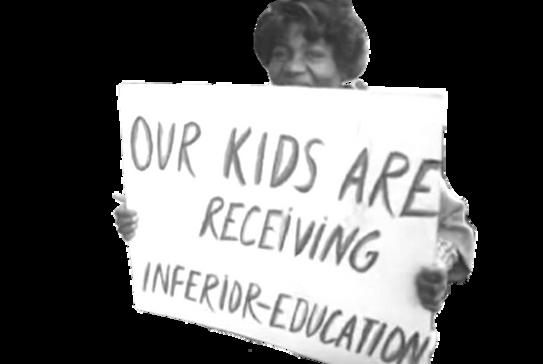
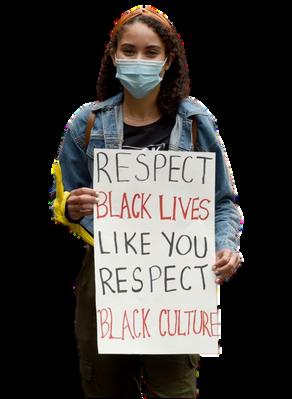
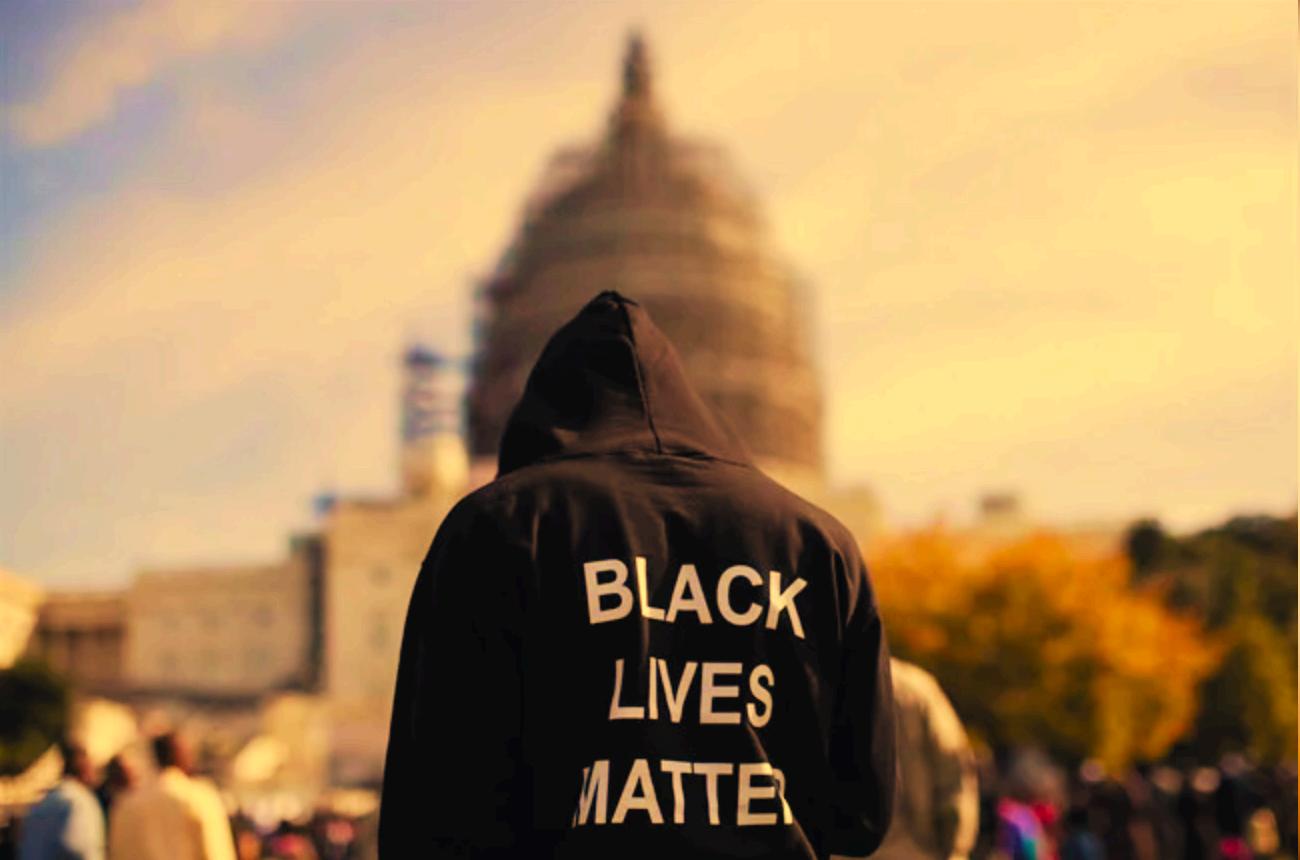
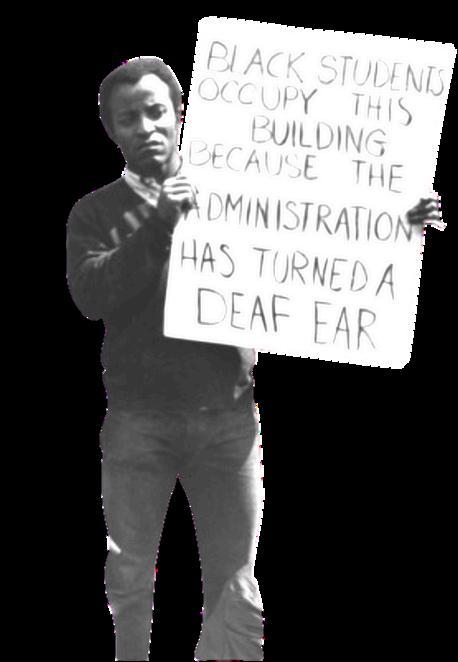
Forthoseofthecloak,itcanbeunsettlingto confronttheideathatthesuccessesthey’ve attributedtopersonalmeritare,inpart,shapedby systemicadvantagestiedtorace.Thiscognitive dissonanceoccursbecauseunderstandingraceasa socialconstructrequiresacknowledgingthatthevery foundationofone'sexperience,includingopportunities, status,andsocietalvalidation,isnotsolelytheresultof individualactionsorinherentqualitiesbutalsothe outcomeofasystemdesignedtoelevatecertaingroups whileoppressingothers.
Fields,inheranalysisofslavery,criticallyexaminesthe historicaldevelopmentandpersistenceofraceinthe UnitedStates(Fields,1990).Shehighlightsthe constructednatureofracialideology, whichwasdesignedtojustifysystemic exploitationandcontinuestoshape societalhierarchies.Nearlya quadricentenniallater,Omiand Winantexpandonthisbypresenting raceasadynamicsocialconstruct, constantlybeingformedand reformedthroughracialprojects andtheinterplayofstatepower andculturalrepresentation (Omi&Winant,2014).
Asonecansurmisefromthe themesinthesetwopieces, thecollagingofthiscountry considerstheinterplay betweensuperiorityand subdominant-theinvisibility ofprivilegeandthevisibility ofthemarginalized.
We wear the mask that grins and lies, It hides our cheeks and shades our eyes,-This debt we pay to human guile; With torn and bleeding hearts we smile, And mouth w myriad subtle
Why should th world be ove
In counting a tears and sig Nay, let them see us, while We wear the We smile, bu great Christ, cries
To thee from tortured sou arise. We sing, but clay is vile
The funny thing about phenotypes is that you can not hide them. You can not buy your way out of them. masked deleted.
Beneath our and long the But let the w dream other We wear the
~Paul Lawren Dunbar
The racialized achievement gap is a policy choice.
~Tanishia Lavette Williams
Contemporary education is impacted by the echoes of racialized stratification. In schools, we have established a baseline of intellect and quantified achievement by that indicator. In so doing, we failed to acknowledge the historical implications of anti-literacy laws and practices in this country. The racialized achievement gap is a policy choice (Williams, 2023). While more recently, Noguera argues that this gap is not inevitable but results from systemic inequalities within the educational system (Noguera, 2008), the racialized achievement gap was highlighted in the Coleman Report some fifty-eight years ago (Coleman et al., 1966).
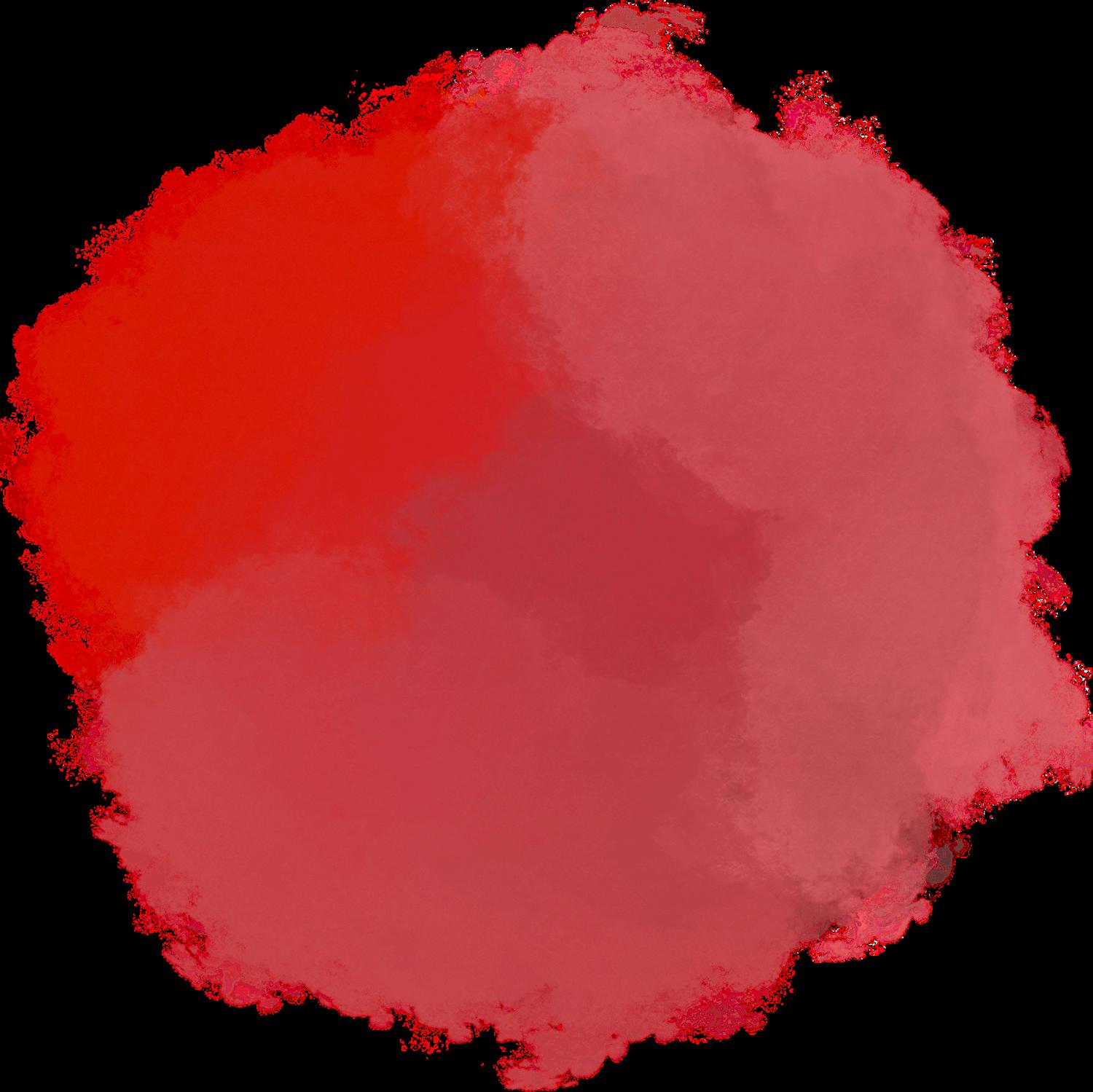
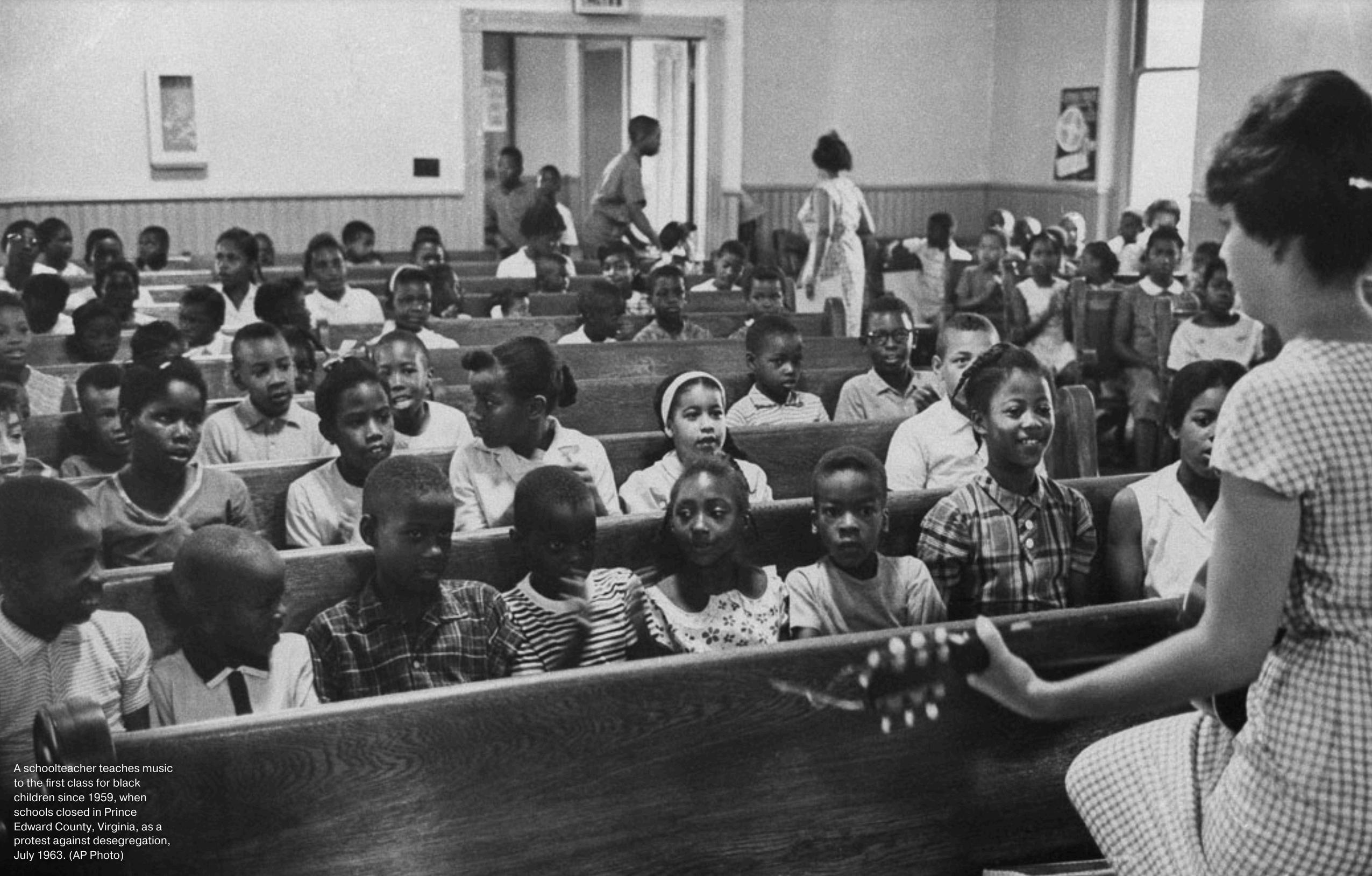
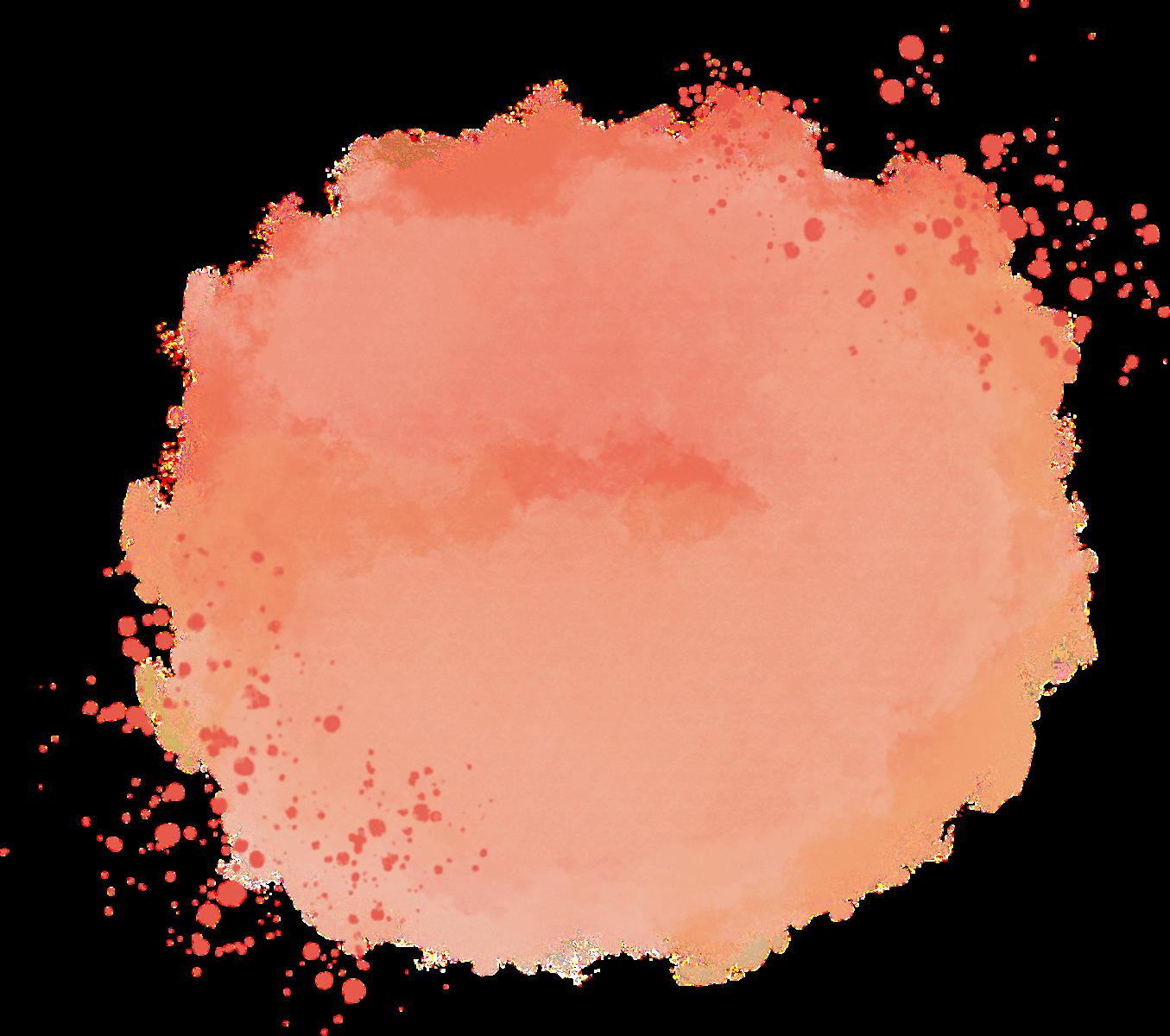

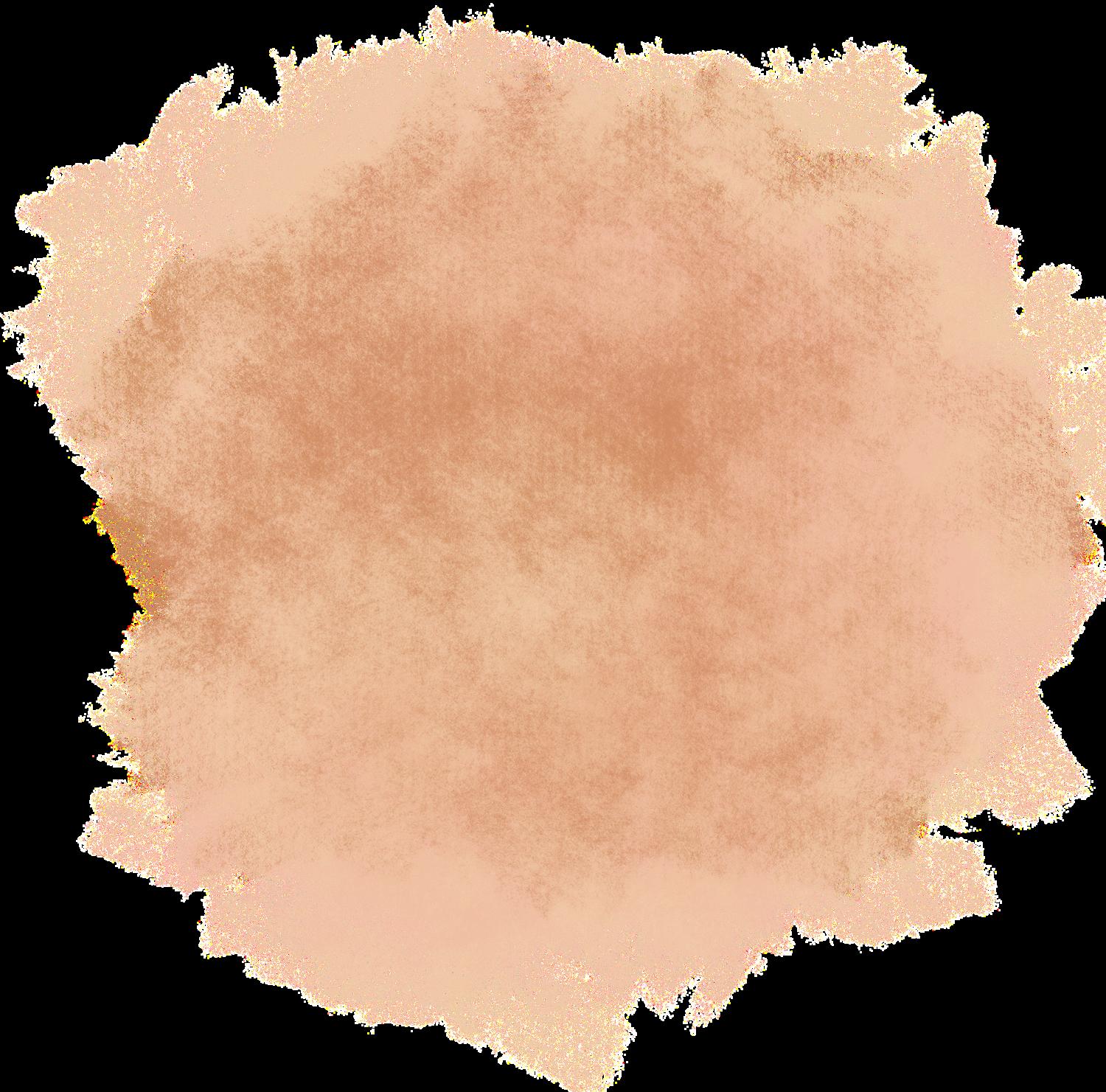

Additionally, Kendi, arguing that the idea of an achievement gap inherently reinforces racist assumptions by framing Black and Brown students as deficient in comparison to their White peers, critiqued the concept of the gap as a framework for understanding educational disparities between racial groups (Kendi, 2016). Throughout the history of this country, an analysis of the study of race in education repeatedly yields the presence of the law as both a form of oppression and reprieve.


The American institution of education is complex. Dinged by a deeply intertwined influence of neoliberal capitalism, high-stakes testing, and resource disparities, American education is a nexus of systems that perpetuate inequality while ostensibly promoting meritocracy. Neoliberal capitalism has turned public education into a market. Driven by privatization, schools are seen as businesses where competition, efficiency, and profit margins often take precedence over equity and holistic student development. This market-driven approach is compounded by high-stakes testing, which not only narrows the curriculum but also reinforces racial and class disparities by penalizing under-resourced schools that serve predominantly Black and Brown students. Standardized tests are used to measure and then sort. This reliance on testing exacerbates educational disparities. The standards we should have for our children have been replaced by a process of standardization that categorizes them. As matters of resource allocation consume the dominant discourse, an even bigger threat of defining the standards slowly erodes the process of teaching and learning in schools.



















































































































































